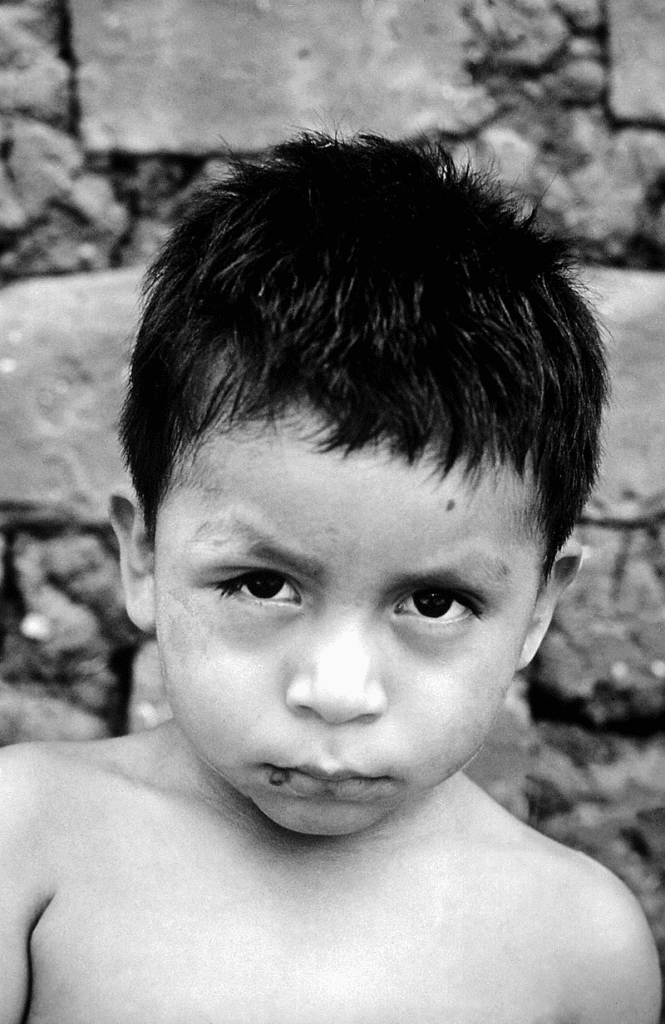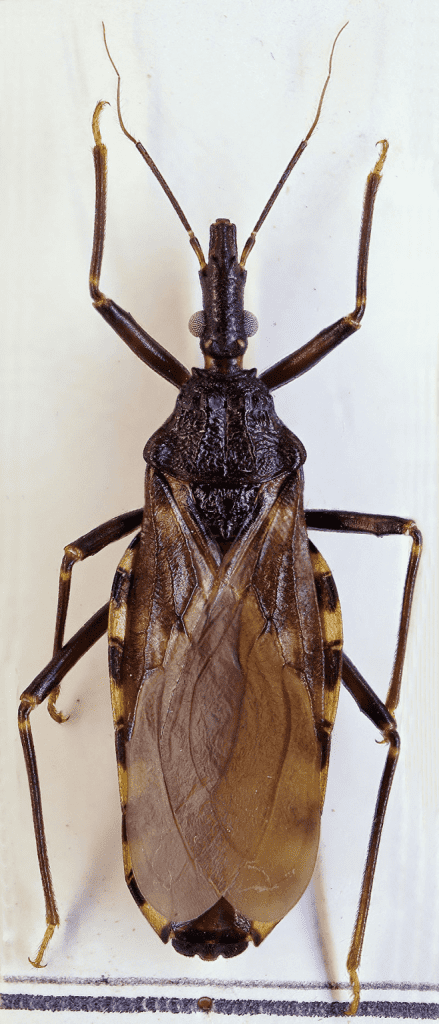Emiliana Rodriguez, a native of Bolivia, vividly remembers the night when one of her friends abruptly collapsed and died on the soccer pitch. As a young girl, she was told that the “monster” responsible for this tragedy was a silent killer known as Chagas disease – a unique illness spread by nocturnal insects. This traumatic experience sparked a lifelong phobia of the dark and a deep-rooted fear of the “monster” that she believed only emerged at night.
Chagas disease, also known as the “silent and silenced disease,” is a parasitic infection that affects up to 8 million people globally and claims the lives of an average of 12,000 individuals every year. Emiliana Rodriguez, now 42 years old, discovered she had been living with this “monster” after moving from Bolivia to Barcelona 27 years ago.

“Night is when the fear generally struck. I didn’t always sleep well,” Emiliana confessed. “I was worried that I wouldn’t wake up from my sleep.” The memories of her friend’s sudden passing and the tales her relatives had told her about the deadly disease haunted her, leaving her paralyzed with fear for the future of her unborn child.
Emiliana underwent specific tests when she was eight years old and expecting her first child, which confirmed that she carried the Chagas gene. Determined to prevent the parasite from being passed on to her daughter, Emiliana was prescribed medication. Thankfully, after her daughter’s birth, the child tested negative, providing Emiliana with a glimmer of hope in the face of this silent killer.
Emiliana’s story is not unique. Elvira Idalia Hernández Cuevas, an 18-year-old from Mexico, was unaware of the existence of Chagas disease until her own son was diagnosed with the condition. This lack of awareness is a common issue, as many people remain oblivious to the dangers posed by these unpleasant bugs and the diseases they can spread.
The term “Chagas” originates from Carlos Ribeiro Justiniano Chagas, a Brazilian physician and researcher who made the groundbreaking discovery of the human case in 1909. Over the past few decades, reports of Chagas disease have emerged not only in Latin America, but also in Europe, Japan, Australia, and North America, highlighting the truly global impact of this overlooked pandemic.

Kissing bugs, the primary vectors of Chagas disease, are predominantly found in the walls of rural or suburban low-income housing, where they are most active at night when humans are asleep. These insects bite their victims and then excrete on the skin, leading to the potential spread of the T. cruzi infection if the victim inadvertently scratches the area or transfers the excrement into their mouth or eyes.
The World Health Organization (WHO) estimates that between 6 and 7 million people worldwide – primarily in Mexico, Central America, and South America – have Chagas disease, with the majority of these individuals unaware of their condition. This persistent infection can be fatal if left untreated, and according to reports, Chagas disease claims more lives in Latin America than any other parasitic disease, including malaria.
While Chagas disease is not considered endemic to the United States, the Centers for Disease Control and Prevention (CDC) estimates that nearly 300,000 people in the country are infected with the disease. Despite the presence of these deadly “kissing bugs” in the US, many Americans remain largely uninformed about the dangers posed by this silent killer.

The CDC notes that while some individuals infected with Chagas never experience any symptoms, a significant portion – between 20 to 30 percent – go on to develop debilitating gastrointestinal or heart problems that can cause excruciating pain and suffering decades later. This underscores the urgent need for increased awareness, early detection, and effective treatment to combat the devastating impact of this neglected tropical disease.
The story of Idalia Hernández and her family’s struggle to find adequate care for her Chagas diagnosis exemplifies the challenges faced by those grappling with this neglected tropical disease.
As Colin Forsyth, a research manager at the Drugs for Neglected Diseases Initiative, explains, “It’s a silent disease that stays hidden for so long in your body… because of the asymptomatic nature of the initial part of the infection.” This, coupled with the fact that “the people affected just don’t have the power to influence healthcare policy,” has contributed to the lack of attention and resources dedicated to addressing Chagas.
Hernández and her daughter Idalia’s experience highlights the widespread ignorance surrounding Chagas disease. As Hernández recounts, “I was taken aback, terrified, and depressed because I believed my kid was going to pass away. Above all, I was more anxious because I was unable to locate any trustworthy information.” The Mexican government’s claim that Chagas is “under control” further compounds the problem, as medical practitioners often misdiagnose the condition for other heart-related ailments due to their lack of expertise.

The current treatments for Chagas disease, benznidazole and nifurtimox, have been available for over 50 years, but they are far from ideal. As Professor David Moore of the Chagas Hub in the UK explains, these medications are “toxic, unpleasant, not particularly effective.” While they may be effective in curing babies, there is no guarantee that they will prevent or halt the progression of the disease in adults. The lack of financial incentive for pharmaceutical companies to develop more effective and less-toxic treatments further exacerbates the issue.
Individuals like Hernández, who serves as the president of the International Federation of Associations of People Affected by Chagas condition (FINDECHAGAS), are on a mission to raise awareness and advocate for greater attention to this neglected disease. Similarly, Rocío Rodríguez, a Chagas patient in Spain, is part of a campaign to increase public awareness and push for widespread testing and treatment. The establishment of World Chagas Disease Day by the World Health Organization is a step in the right direction, but as Professor Moore notes, progress towards the 2030 eradication goal is “glacial” and unlikely to be achieved.

To combat the spread of Chagas disease, the Centers for Disease Control and Prevention (CDC) recommends taking proactive measures, such as sealing up cracks and crevices in homes, clearing away debris, and keeping pets indoors. Additionally, the CDC advises carefully capturing any suspected kissing bugs for identification and reporting to local health authorities.
As the world grapples with this neglected tropical disease, it is crucial that we raise awareness, advocate for increased funding and research, and empower affected communities to take control of their own health. Only by shining a light on the silent killer that is Chagas disease can we hope to prevent its continued spread and ensure that no one else has to endure the challenges faced by Idalia Hernández and her family.
Chagas disease, a stealthy and often overlooked killer, continues to ravage communities around the world, particularly in Latin America. The stories of Idalia Hernández and Rocío Rodríguez illustrate the immense challenges faced by those affected, from misdiagnosis and misinformation to the limitations of existing treatments. However, the tireless efforts of individuals and organizations to raise awareness and demand action offer hope for a future where Chagas disease is no longer a neglected crisis.


